

In a world often characterized by excess, the allure of minimalism has captivated homeowners seeking a serene and purposeful living environment. The minimalist and functional approach to home interior design transcends mere aesthetic choices; it’s a philosophy that embraces simplicity, functionality, and mindful living. Join us on a journey as we explore the principles and virtues of minimalist design, uncovering how it can transform your home into a sanctuary of elegance and efficiency.
At the core of minimalist design lies the fundamental principle of simplicity. Clean lines, neutral color palettes, and uncluttered spaces are not just aesthetic choices but pathways to tranquility. Stripping away the unnecessary allows your home to breathe, fostering a sense of calm that resonates with the dwellers and visitors alike. The simplicity of minimalist design is a canvas onto which you can paint your unique lifestyle and personality.
In minimalist spaces, less is truly more. A carefully chosen statement piece or a curated collection of art can take center stage, allowing each element to be appreciated for its individual beauty. This intentional approach to design encourages a deeper connection with your living environment, promoting a sense of contentment and visual harmony.
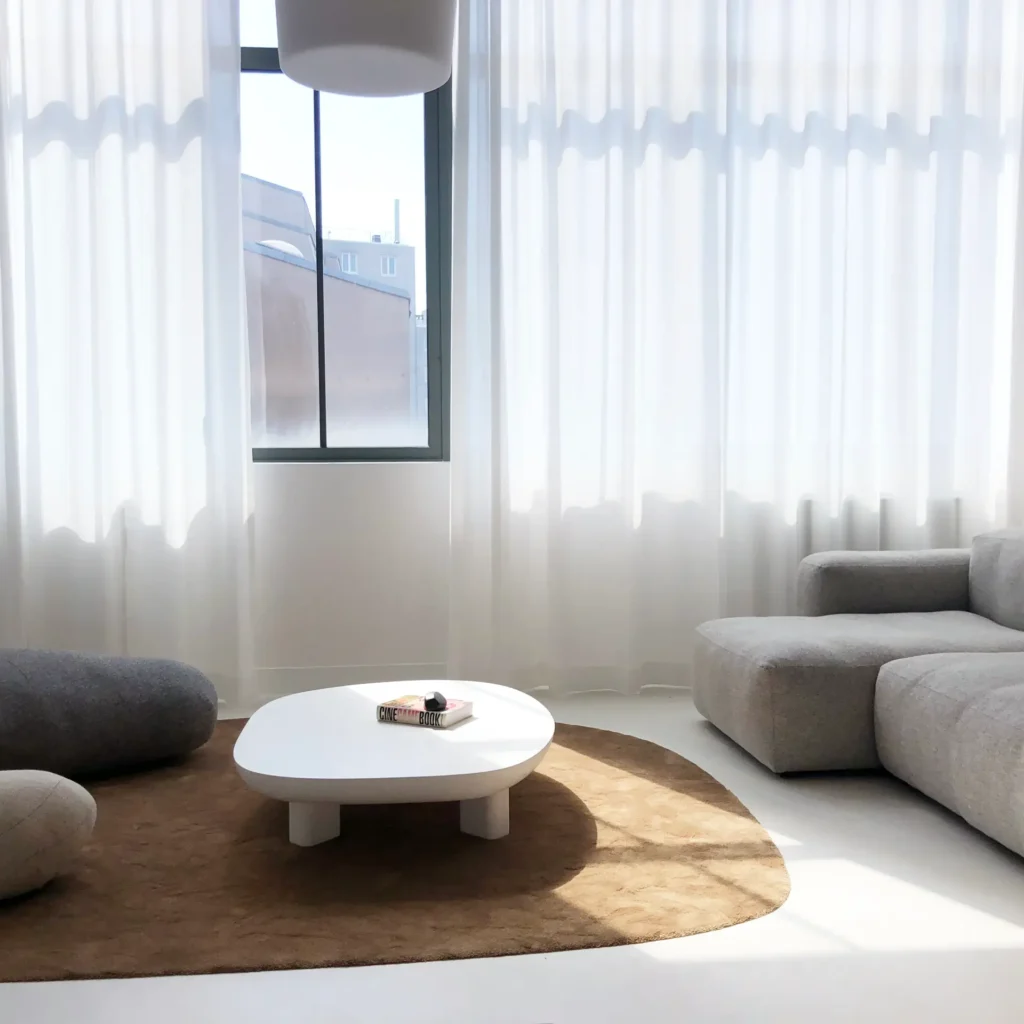
Minimalism isn’t just about what you see – it’s about how you live within the space. Functional design is a key tenet of minimalism, emphasizing purposeful and efficient use of every element in a room. Furniture with hidden storage, multi-functional pieces, and open layouts contribute to a seamless flow that enhances both aesthetics and functionality. Each item serves a purpose, eliminating the need for excess and ensuring that your space remains a practical haven.
In a minimalist home, every piece of furniture is carefully selected to serve a specific function. The emphasis on functionality extends to the layout of the space, with open floor plans creating a sense of unity and purpose. This intentional design allows for a more fluid and adaptable living experience, catering to the needs of the inhabitants with efficiency and grace.
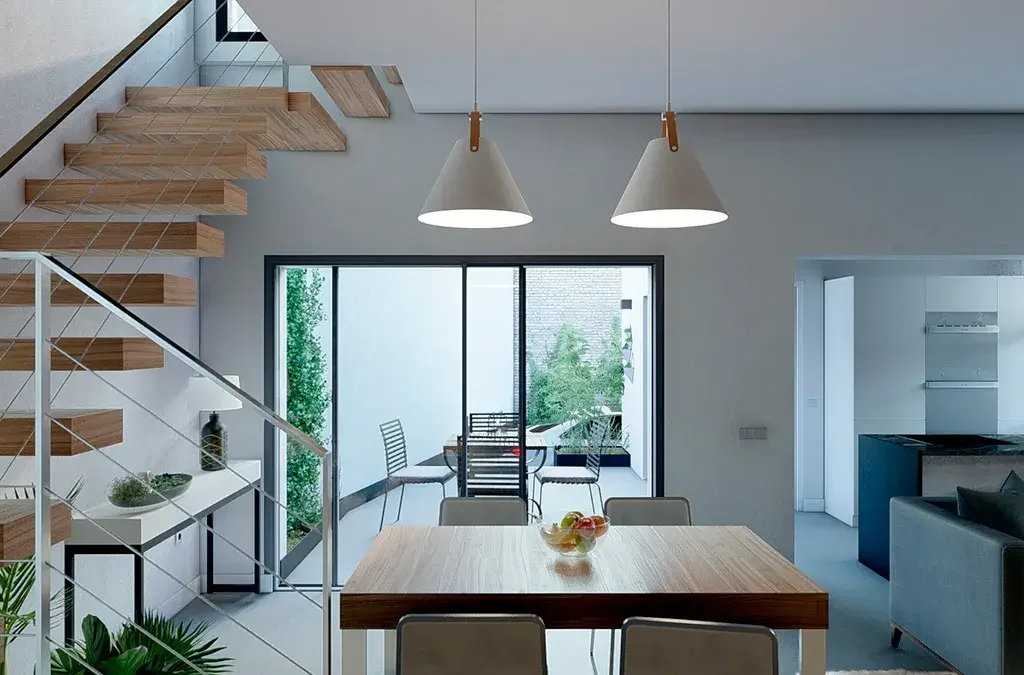
Minimalism invites you to declutter not just your physical space but also your mental space. The deliberate removal of unnecessary items is a therapeutic exercise that fosters mindfulness. By curating your possessions and retaining only what brings joy or serves a purpose, you create an environment that supports mental clarity and a stress-free lifestyle. Decluttering is not just a design choice; it’s a lifestyle choice that promotes well-being.
The decluttering process in minimalist design goes beyond simply organizing belongings. It’s about assessing the value and purpose of each item in your home, creating a space that is not only visually clean but also emotionally uplifting. The act of letting go of excess possessions becomes a liberating experience, paving the way for a more intentional and simplified life.

Neutral color palettes are the backbone of minimalist design, but this doesn’t mean a lack of depth. Explore the dynamic world of textures to add visual interest without compromising simplicity. Incorporate materials like natural wood, stone, or metal to create a tactile experience that elevates the overall aesthetic. The interplay of textures in a neutral setting adds warmth and sophistication to your minimalist haven.
In a minimalist palette, textures take center stage, transforming a seemingly monochromatic space into a rich tapestry of visual and tactile experiences. Consider the warmth of a plush rug against smooth, clean lines or the organic feel of wooden accents juxtaposed with sleek surfaces. These texture dynamics not only enhance the aesthetic appeal but also create a sense of coziness and depth within the simplicity.
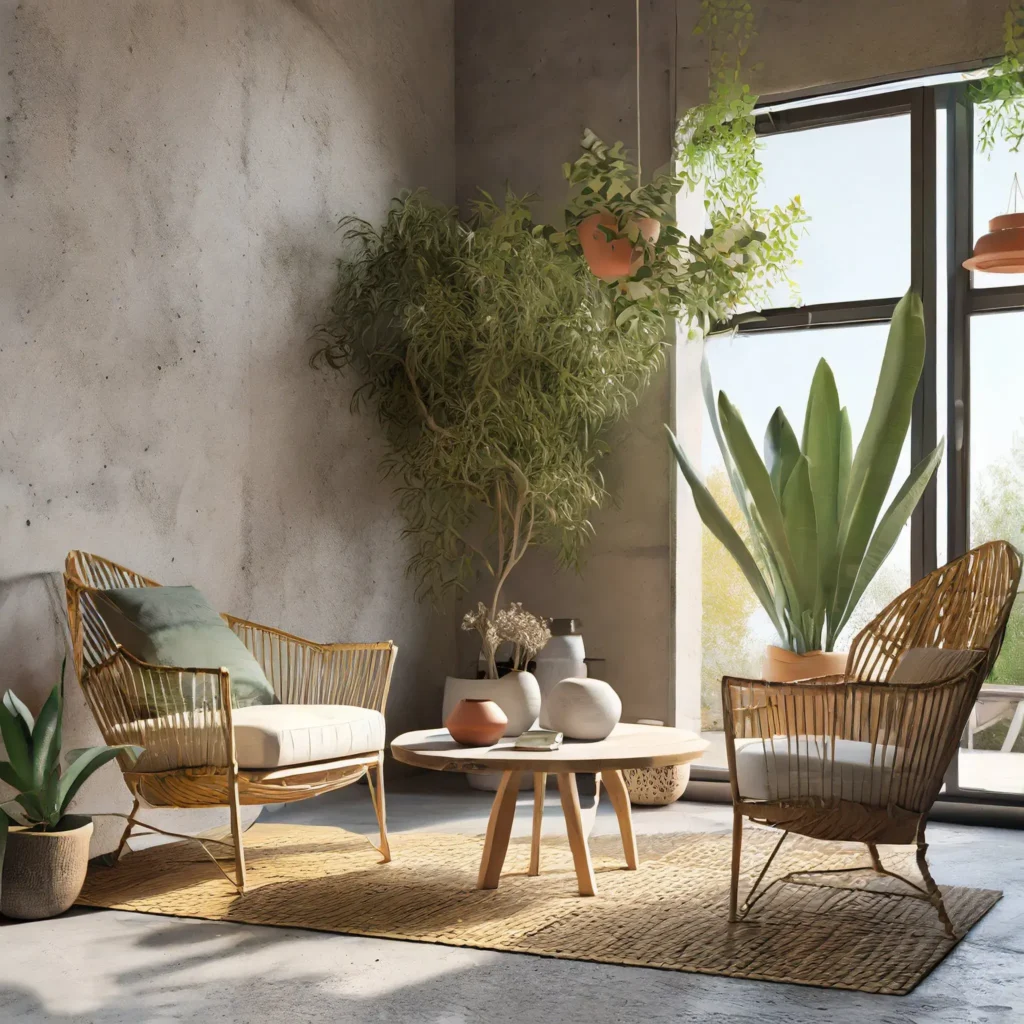
Minimalist design is synonymous with spaciousness and an abundance of natural light. Open floor plans create a sense of expansiveness, allowing light to flow freely through your home. Strategically placed windows, glass doors, and mirrors amplify natural light, creating a bright and inviting ambiance. The connection with the outdoors not only enhances aesthetics but also promotes a healthier and more sustainable living environment.
The strategic use of natural light in minimalist design is not just about aesthetics; it’s a conscious choice that aligns with sustainability and well-being. Large windows not only invite the beauty of the outdoors but also reduce the reliance on artificial lighting, contributing to energy efficiency. This thoughtful integration of natural elements enhances the overall living experience, creating spaces that are not only visually appealing but also nourishing for the mind and body.
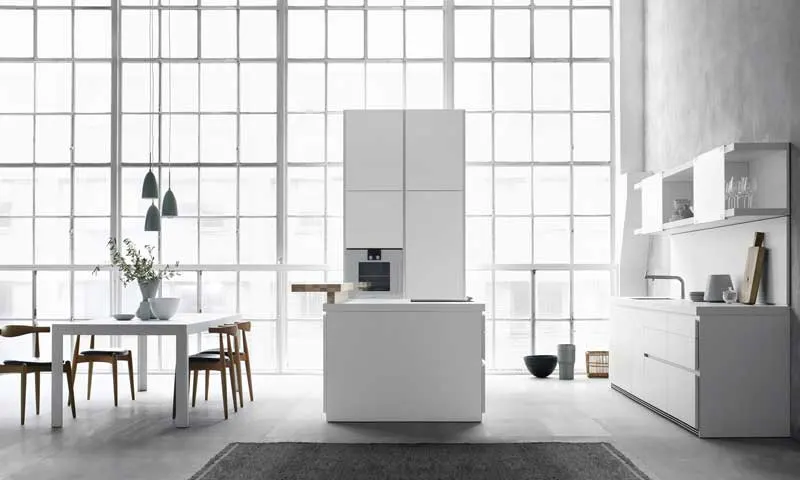
Contrary to common misconceptions, minimalism doesn’t mean forsaking personal expression. Embrace a minimalist mindset by choosing a few carefully curated items that hold personal significance. Whether it’s artwork, a statement piece of furniture, or sentimental decorations, these carefully chosen elements can coexist within the minimalist framework, adding a touch of individuality and warmth to your space.
Personalization within the constraints of minimalism is an art form. Every item introduced to the space should contribute to the overall harmony and purpose. Consider incorporating elements that tell a story – a unique piece of handmade pottery, a family heirloom, or a carefully selected artwork. These personalized touches not only add character but also create a connection between the inhabitants and their living environment, making the space truly their own.
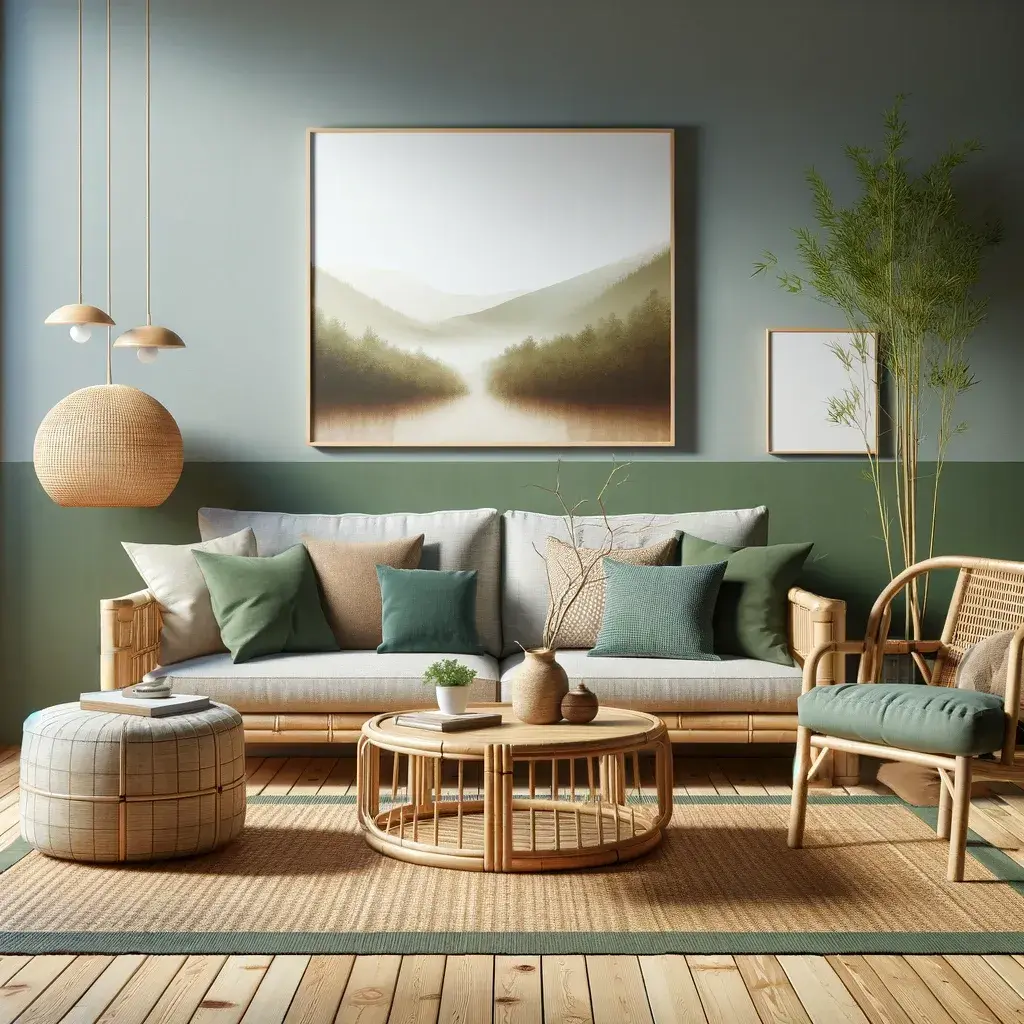
In conclusion, the minimalist and functional design philosophy extends beyond mere aesthetics to shape a lifestyle of purpose and elegance. By simplifying your surroundings, embracing functionality, and cultivating mindfulness, you create a home that is not only visually stunning but also supports a harmonious and intentional way of living. The journey into minimalism is an ongoing process, a continuous refinement that transforms your home into a sanctuary of tranquility, purpose, and enduring beauty. As you navigate this path, you’ll discover that minimalism is not just a design choice – it’s a profound and transformative approach to living that enhances the quality of your life.
801 Inkberry Rd, Canton, GA 30114, United States.
Service areas:
Canton – Milton – Roswell – Marietta – Alpharetta – Woodstock – Acworth – Holly Springs – Kennesaw and surrounding areas in Georgia